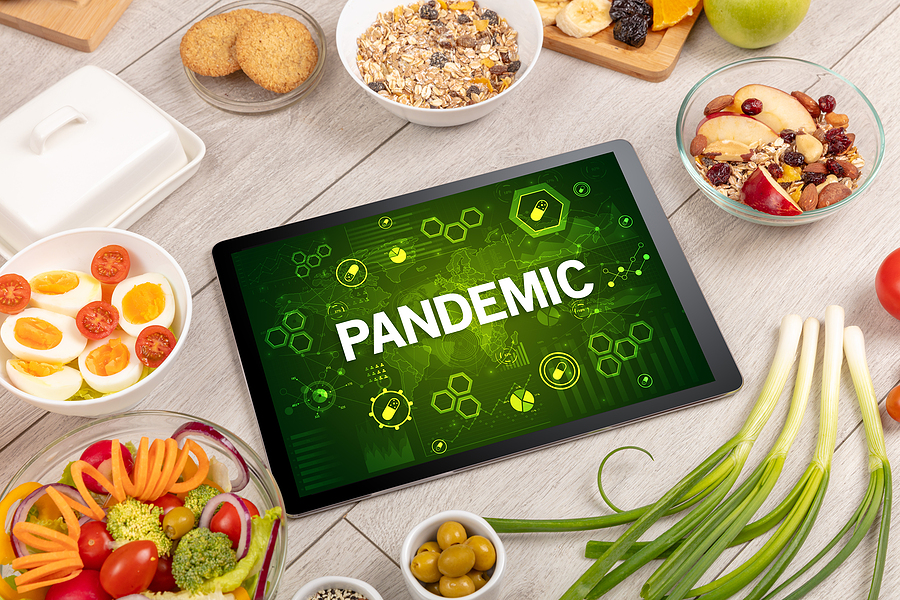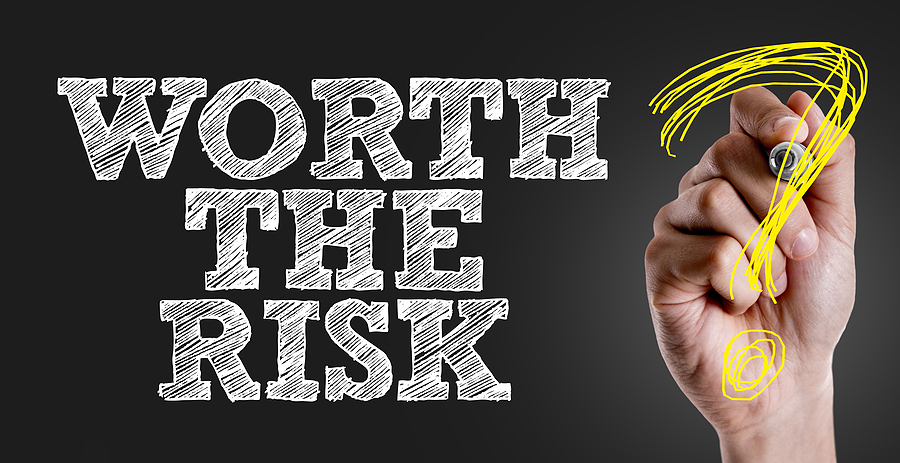
The Incredible Power of Story to Change Course, History and Outcome
January 22nd, 2021 Posted by Emergent Brand Activism, brand advocacy, brand marketing, brand messaging, Brand preference, branded content, change, consumer behavior, Consumer insight, Emotional relevance, engagement, Higher Purpose, Insight, Public Relations, storytelling, Validation 0 comments on “The Incredible Power of Story to Change Course, History and Outcome”When Real, Powerful Human Stories Must be Told
It’s in the story telling and the strategic nuances of where and how they’re told that great things happen. Over time I have come to see and appreciate these tools that work to greatest effect and benefit in altering the future trajectory of client businesses.
There’s one story that stands out above others. The strategic principles bound up in this example have proven effective time and time again. It recurs often enough to have earned first place in the strategic arsenal as a reliable go-to for business progress. It’s the stories well-told by real people about how their lives have been impacted by our clients’ products.
An unforgettable day, a powerful moment, a sea-change that saved lives
A while back I owned an agency called Wheatley Blair. We were retained by home safety products company First Alert to launch the world’s first residential carbon monoxide alarm, a warning device for a household hazard that is unseen, dangerous and invisible to any human. It was the leading cause of accidental poisoning fatalities in America, claiming more than 1,500 lives every year and countless thousands more who were sickened or injured.
In our efforts to build a platform for launch we felt it was important to create a constituency of ambassadors including families who had lived through poisoning events or lost loved ones. Alongside them we built an advocate team of poison physicians who understood the threat, air quality experts who could explain how the gas is released and builds up in a home, and the fire service community of emergency first responders. We initiated a collaboration with the Consumer Product Safety Commission, a federal agency charged with evaluating and monitoring new safety solutions.
Our campaign to alert American families gained traction as major news media broadcast our story of the “Silent Killer.” Word spread rapidly about this household hazard produced by combustion appliances like furnaces, ovens, hot water heaters and fireplaces. People lined up outside at hardware and homecenter stores to buy the alarms.
What we didn’t expect at the beginning was a foe to quickly emerge
The American Gas Association stormed out of the wings taking aim at our client because they felt the issue disparaged their product. Frankly while I understood their concern, it made no sense to me because the threat isn’t the fuel, it’s malfunctioning combustion appliances, exhaust systems and chimneys. But never mind, the industry came out swinging suggesting we were creating unnecessary alarm.
A David vs Goliath story if there ever was one
The natural gas industry is gigantic. They had more money to throw at this issue than our client had in total sales company wide. We were David to a well-financed Goliath. Naturally when this challenge emerged, we made a beeline for the Gas Association head offices looking to enlist them as collaborators in the effort to save lives and protect families. We thought, “Who wouldn’t sign on for that kind of life safety effort?”
- Walking into the lion’s den, we made an appearance in their executive conference room attempting to persuade them that this was a golden opportunity for the industry to join in a lifesaving education activity. This would endear them to families while associating their “brand” and product with a public safety initiative.
Unfortunately, they saw the issue as a threat and instead kicked off an effort to try and derail the carbon monoxide education campaign. When you’re working on the side of the angels it is unlikely that even a well-financed effort to discredit and downplay will work.
It came to its pinnacle at an industrywide conference held in Washington DC. It was their effort to rally the regional gas company members around a call to resist the carbon monoxide alarm education efforts and counter with their own claim that this was much ado about nothing.
- But the handlers inadvertently made a strategic error. To create a perception of due diligence, they invited the Consumer Product Safety Commission to join and be part of the speaker line up. By law if the CPSC is involved in a meeting, it becomes a public event which anyone is free to attend.
Initially we offered to provide speakers and expert content but were denied. We decided to meet the challenge head-on by attending the meeting uninvited. Our strategy: to bring 10 families who had experienced a carbon monoxide disaster of their own to come and tell their stories at the conference. During question-and-answer sessions in the meeting agenda, they would come to the microphone and share their story while challenging the industry to help save lives.
- One by one families in the audience stood up and told their stories, some of them heart rending of how loved ones were lost. Poison physicians explained how the gas impacts the human body causing people to suffocate from the inside out. Air quality experts detailed how an appliance can malfunction to emit this highly toxic material.
In the hallway outside the ballroom, I observed. My heart was racing as the testimonials unfolded in hostile territory. You could hear a pin drop as the families shared their unscripted, real, personal experiences. Meantime, the chief conference organizer was furious at our team for this move to confront the industry, and threatened to throw us out of the building. I calmly explained that CPSC rules and law require that these families be given entry to what was now a public meeting. If they did throw us out, we would invite national TV news crews to the parking lot to interview the families about being denied access.
He quickly backed down.
The meeting went on.
Then, the sea change occurred.
I witnessed the tide turn before my eyes as gas company CEOs came to the lectern to say they were personally touched by and impressed with what they heard. By the end of the meeting the industry moved to begin educating people about the threat rather than resisting it. Many eventually became sellers of carbon monoxide alarms themselves.
Why did this work so powerfully?
Real people telling honest stories with passion and pathos impacts the heart as much as the head. It is immediately trustworthy in a communications environment often filled with dubious claims and assertions that may or may not hold up under scrutiny.
Negative claims had no power in the face of real personal story. It was overwhelming and in the moment the chasm was bridged, the path permanently altered, and the world changed.
You can do this, too.
I enjoy what I do. Marketing and communication is my life calling. The business has rewarded me with an outlet for my creative bent, a curiously accurate business sense and ability to see the big picture of how client organizations can move to take the next leap in their development and growth.
So it’s really an avocation as much as a vocation. That said, I learned a ton from the First Alert assignment – about the power of stories to alter the course of history and events. What’s more I’ve seen this outcome repeat over and over. When people share their personal stories of change, renewal, improvement and growth, big things can happen and business leaps abound.
- The devil is in the details of how this is executed. Want people to join your brand as advocates and evangelists? Give them a voice, move those stories out and let their experiences verify what you want people to know and believe about your products and brand.
The outcomes can be life changing. In First Alert’s case, it created a successful new category that propelled the company to a higher level of significance and value with consumers and trade customers, plus $250 million in added business within 15 months of launch. The Walmart buyer called carbon monoxide alarms the Cabbage Patch doll of the hardware department. We called it a significant achievement in the goal to save lives. A win and win.
- These moments in life and marketing signify the places where we make a difference. Don’t you want to be a part of this kind of game-changing influence?
Let us know if you would be interested in unearthing marketplace impact and influence relevant to your brand and category. Together we can find a path to sustainable growth and business development.
Looking for more food for thought? Subscribe to the Emerging Trends Report.
Bob Wheatley is the CEO of Chicago-based Emergent, The Healthy Living Agency. Traditional brand marketing often sidesteps more human qualities that can help consumers form an emotional bond. Yet brands yearn for authentic engagement, trust and a lasting relationship with their customers. Emergent helps brands erase ineffective self-promotion and replace it with clarity, honesty and deeper meaning in their customer relationships and communication. For more information, contact [email protected] and follow on Twitter @BobWheatley.




